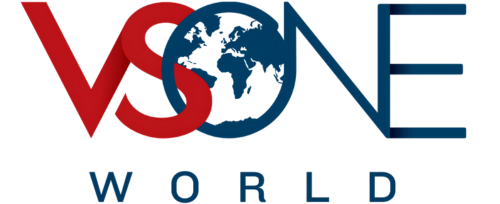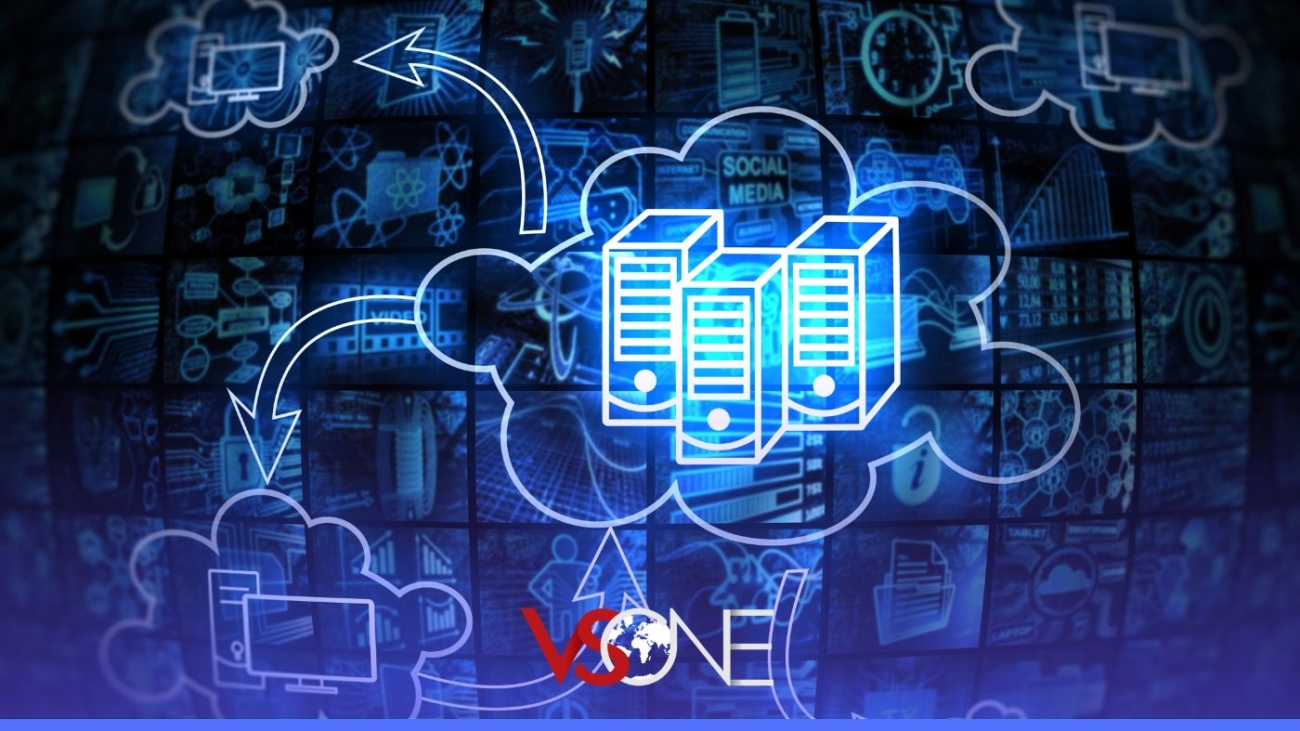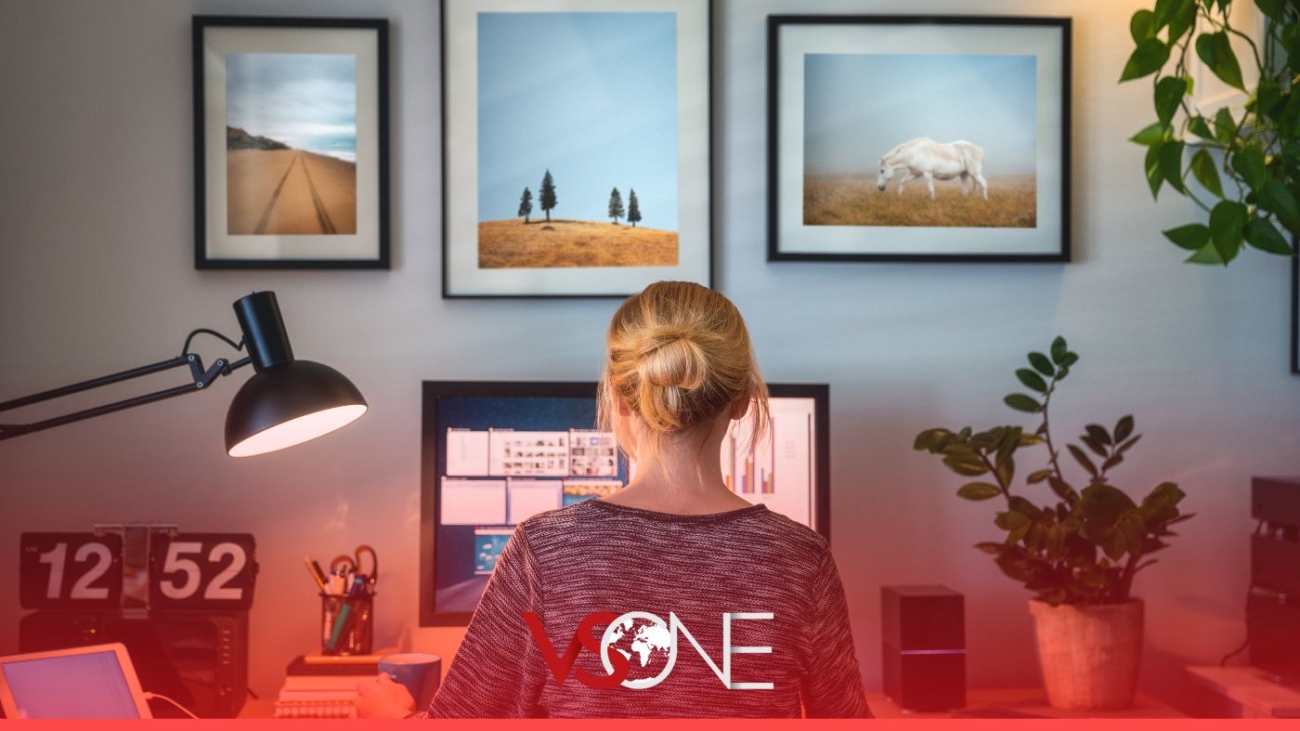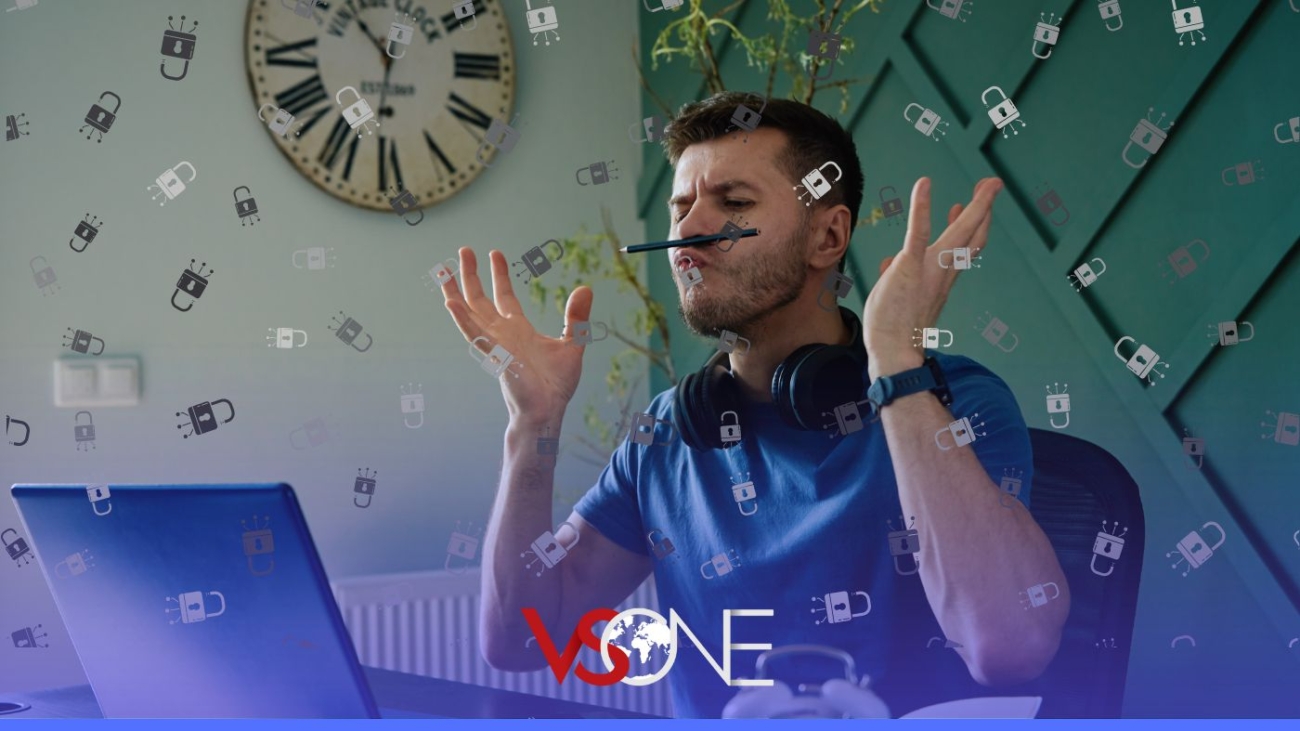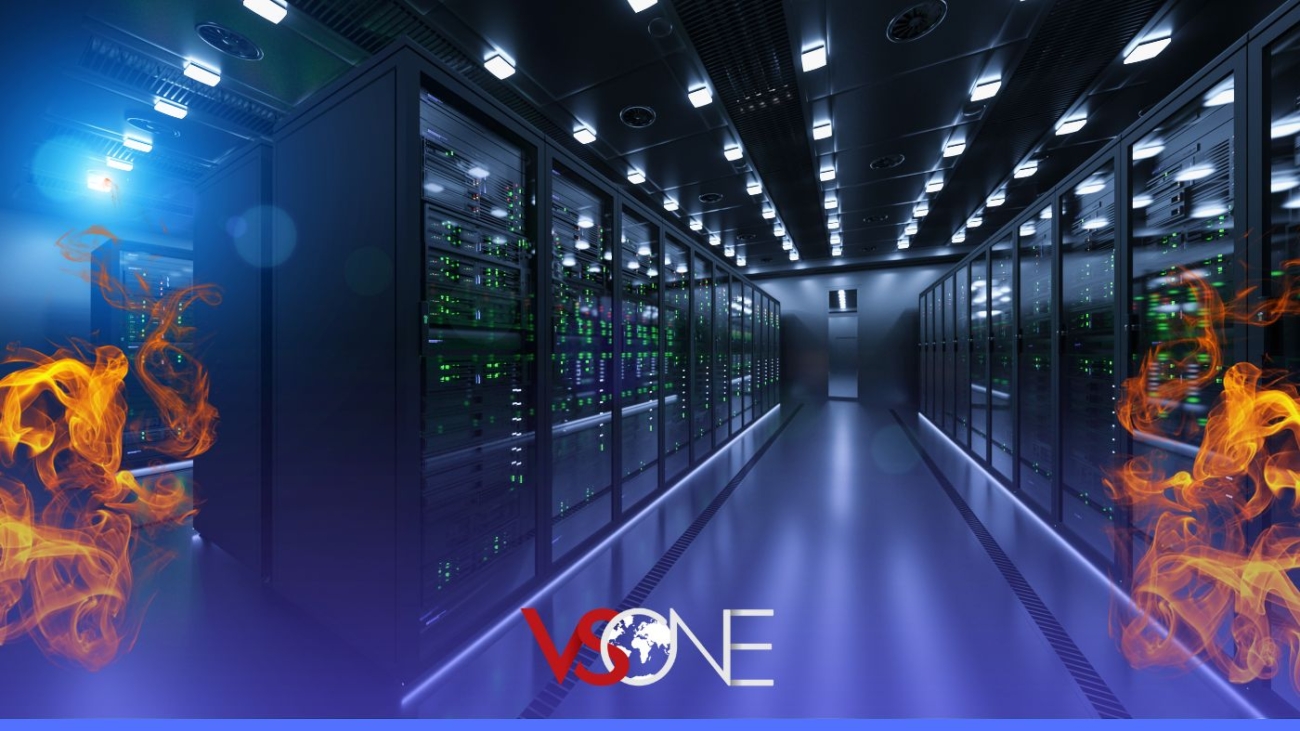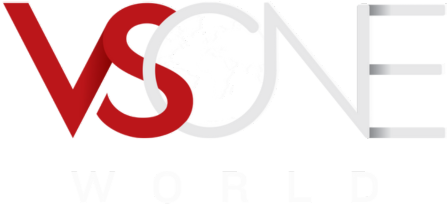Oracle’s Autonomous Transaction Processing (vCenter HA) offers a transformative approach to database management. Designed to be self-driving, self-securing, and self-repairing, this service ensures databases can instantly adapt to the demands of transaction processing and mixed workload applications. Users can choose between a Serverless infrastructure for elastic and simplified deployment or a Dedicated infrastructure for enhanced security and governance. This groundbreaking system not only promises high availability and unparalleled performance but also guarantees reduced costs. By integrating advanced features and a multi-layered security approach, the Oracle ATP ensures an efficient and secure database environment, making it an optimal choice for organizations aiming for technological excellence.
Protecting vCenter Server with VCHA
vCenter High Availability (vCenter HA) offers a robust solution to safeguard the vCenter Server Appliance from unforeseen host and hardware setbacks. Utilizing an active-passive structure, it minimizes downtime during vCenter Server Appliance updates. The setup involves a three-node cluster, comprising Active, Passive, and Witness nodes, communicating over a private vCenter HA network. This ensures continuous data replication from the Active to the Passive node. Depending on the configuration, vCenter HA can function with either an embedded or an external Platform Services Controller. In scenarios involving an external Platform Services Controller, an external load balancer is essential to ensure seamless functioning even if one Platform Services Controller goes offline.
Workspace Transformation – It’s Now or Never
In the wake of the pandemic, businesses rapidly adapted with makeshift remote working solutions. However, as time progresses, the implications of these decisions on productivity and security are becoming evident. Traditional applications, designed for local networks, struggle on remote networks, impacting performance and thereby employee efficiency. This new landscape offers a unique opportunity for workspace transformation. Companies must rethink their strategies, from segmenting users to reevaluating physical workspaces and application landscapes. With proper executive support and a holistic approach that integrates HR and IT departments, organizations can transform challenges into opportunities, ensuring a seamless and secure remote working experience.
TCO of Workspace
In a world reshaped by the pandemic, the traditional approach to evaluating the Total Cost of Ownership (TCO) for workspace infrastructure has evolved. As the shift to remote work becomes more pronounced, the debate between traditional endpoints and BYOD desktops is more relevant than ever. While the immediate focus may be on tangible costs, the intangible benefits such as enhanced security, improved application performance, and employee satisfaction cannot be overlooked. The VS Group’s experience with virtual workspace solutions demonstrates the transformative potential of this approach, offering insights into the broader implications for businesses and their customers.
SUMMING UP THE YEAR 2020
In a tumultuous year defined by a global pandemic, 2020 saw a seismic shift in technology trends. From the rapid rise of remote work to an intensified focus on digital channels, the digital transformation was accelerated in unprecedented ways. As the VS Group forged ahead with innovative solutions, the landscape of Healthcare IT, Digital Commerce, and Cybersecurity evolved dramatically. As we transition into 2021, emerging technologies like AI, Big Data Analytics, and Automation are set to shape the future. Join Sadeepa Palliyaguru, Director and Chief Innovation Officer of VS ONE, as he reflects on the past year and offers insights into what the future holds.
VS ONE starts January with a focus on cybersecurity
Kicking off the year with a spotlight on cybersecurity, VS ONE delves into the evolving challenges of a work-from-home paradigm. From the surge in ransomware attacks to the intricate balance of endpoint management, the insights gleaned from our webinar underscore the urgency of fortifying digital defenses. Journey with us as we explore emerging threats, innovative solutions, and the roadmap to a safer digital workspace.
Building Resilient IT Infrastructure – Lessons Learnt from OVH Data Centerfire
In the aftermath of the devastating fire at the OVH Data Center, businesses worldwide are reevaluating their IT infrastructure’s resilience. From understanding the intricacies of Service Level Agreements to adopting a cloud-native approach, the need for robust and fail-safe systems has never been more crucial. Dive into the lessons learned from this incident and explore strategies, shared by our CTO Daniel Ananthan, to fortify data centers against unforeseen challenges.
The Current Pandemic and the Need to Democratise Data
In a world grappling with the pandemic, trust in data has become paramount. With allegations of data manipulation and concealment, the need to democratize data has never been more pressing. As data becomes the lifeline for informed decisions, ensuring transparent and holistic data governance is vital for both governments and corporates. Dive into the challenges, solutions, and the imperative of data democratization in these unprecedented times.
Getting Prepared For A Container-Driven Application

Today user satisfaction is the top most concern in digital enterprise. This could be internal or external users and their user experience is one of the most important considerations of the Digital enterprise.
There are multiple variables contributing to the user experience. Some of these elements include
- Application performance
- Responsiveness
- Ease of use
- Ease of navigation
- Ability of access on any device
As the demand for better user experience increases application owners are also seeing the demands increasing
- Need of increasing the uptime and availability of the session
- Need of monitoring the application performance
- Need to tune the application
- Need to scale the application resources as when the users/demands grow
Most of the enterprise applications are still deployed as monolithic applications. They are not fluid in terms of performance and scalability. Often the scaling of the application might require forklift hardware upgrades and would take months.
The modern IT demands are much more agile and they need applications which could instantly respond to the demands. The traditional monolithic applications were unable to cater to these demands.
This gave birth to a new application paradigm. This included Microservices, SOA and Container based application development. All of these schools were helping enterprises reduce the application complexity and improve the application development lifecycle. Evolution of Cloud technology perfectly supported these schools and gave rise to multiple technologies which helped create “cloud-native” applications.
I am writing this post on a special day where we received the confirmation of a turnkey container management platform along with compute hardware from a leading telecom operator. This platform will help them to develop and deploy cloud native applications using a single pane of glass. This will help them to develop and scale multiple applications using Cloud native technologies. The benefits of the platform includes
- Ability of managing container lifecycle
- Rapid application stack provisioning using the built in application marketplace
- Integrated monitoring and performance management
- Ability of Hybrid cloud application development
- Integrated DevOps and testing tool stack
This is only one of our success stories in Cloud native solutions. We have helped a number of government agencies to modernize their applications using Cloud native technologies. These initiatives have been really helpful for the digital transformation of these organizations.
As Analysts predict most of the future workloads are going to be cloud native. Investment in the development of your new application on Cloud native technologies could save costs for the CIOs.
Some ways how the costs could be reduced includes
- Replacing the proprietary runtimes and database stacks using open source databases and application runtimes
- Reduction of costs on expensive monitoring solutions and using integrated open source technologies
- Reduce the on premise hardware costs for new applications by using Hybrid Cloud and scaling the applications when required
The New Normal is Moving Towards Virtual Reality
In the ever-evolving landscape of remote work, the “New Normal” is shifting towards Virtual Reality. As we reminisce about office interactions and navigate challenges like “Zoom Fatigue,” innovations like Facebook’s Horizon Workrooms promise a vibrant future. Integrating VR and AR, the future of work beckons with avatars, virtual stores, and collaborative spaces, redefining our understanding of workplace dynamics in the post-pandemic era.
